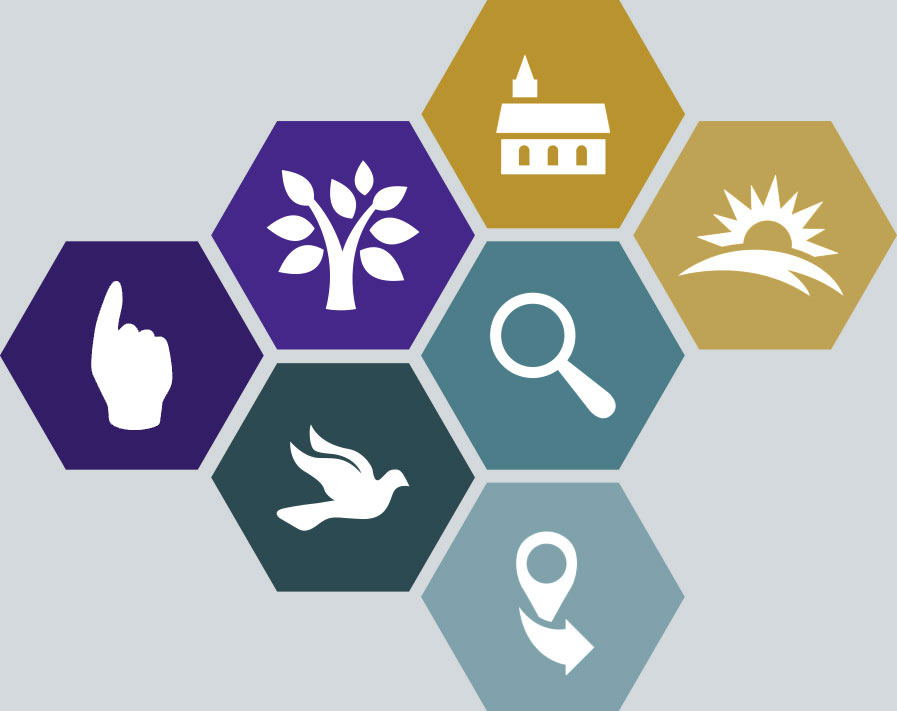Integrating Physical and Spiritual
So whether you eat or drink or whatever you do, do it all for the glory of God. – 1 Corinthians 10:31
We often categorize our world into boxes, such as sacred and secular, spiritual and physical. But the Bible teaches that all of life is meant to be lived for God’s glory. This biblical, integrated view of life changes how we understand poverty and the way we seek to address it.

The Sacred-Secular Divide
Most Christians tend to divide things into two categories – the sacred and secular. The sacred are the important things that help us relate to God—Bible reading or prayer. The secular covers the rest of life. However, that isn’t really what the Bible teaches. Instead we see that our faith should impact every area of life, including the way that we work (Colossians 3:23), relate to our families (Ephesians 5:22 – 6:4), and treat money (Matthew 6:19-24).
While we can recite the verse, “So whether you eat or drink or whatever you do, do it all for the glory of God” (I Corinthians 10:31), we are largely clueless how to put it into action. How does caring for our health and land, completing our office work, or raising our children really bring glory to God?
We’ve also classified caring for vulnerable people as “secular” and made it a small department on the side of the church, not a key way that we express our faith. Our understanding of how to address poverty is similarly broken—we leave the Bible in the “spiritual” category and embrace the latest solutions put forth by development experts.
But it’s not working. Our churches are shrinking, broken, or seemingly irrelevant. The God we present around the world is only concerned about eternal life, not this life. Whole communities can come to Christ and yet continue in poverty without the knowledge that God intends something better.

An Integrated Approach
The Bible states clearly that everything we do—from eating and drinking to working—should be done before God and in ways that bring glory to Him (see I Corinthians 10:31 and Colossians 3:17). An integrated approach starts with this understanding, and that changes everything from our goals to our methods of addressing poverty.
- A New Goal & Vision – The goal of an integrated approach is to glorify God in everything and to call churches and communities to focus on building His Kingdom rather than improving their lives. As they do, they draw closer to God and see Him respond in remarkable ways.
- A New Approach: Loving and Serving – An integrated approach reminds people of the Bible’s command to love and serve our others (Matthew 5:43-44, 22:35-40). As His people show love to their neighbors, God multiplies their sacrificial efforts.
- New Teachings: Obedience and Stewardship – God’s word contains many promises that those who walk in obedience will flourish (Deuteronomy 30, John 14:23). In every village where the church has sought to be obedient, there are stories of blessings, answered prayers, and miracles.
One area of obedience is stewardship. Our land, houses, skills, talents, relationships…everything belongs to God and must be treated accordingly. Furthermore, the parable of the talents (Matthew 25:14-30) teaches that God is going to call us to account for how we use what He has given us, whether we received little or much. As we steward well what He has given us, He is more than able to multiply it.



